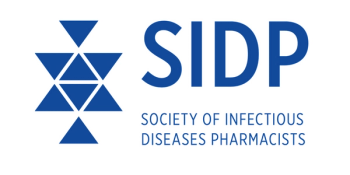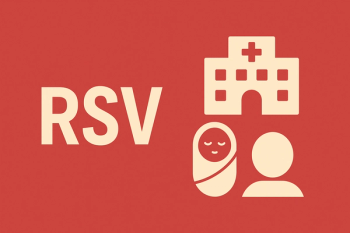
How is the US Tracking Coronavirus Contacts?
A CDC report contains details on the public health efforts being employed to track contacts of people with COVID-19.
As the US Centers for Disease Control and Prevention (CDC)
A new CDC
The
“On January 20th, state and local health departments in the United States, in collaboration with teams deployed from CDC, began identifying and monitoring all persons considered to have had close contact with patients with confirmed COVID-19,” authors of the report wrote.
On January 31st, US Department of Health and Human Services Secretary Alex Azar signed a
As of February 26th, 12 of the COVID-19 cases diagnosed in the United States were believed to be travel related. An additional 3 cases were known at the time in patients without travel history, 2 of which were close household contacts of cases with travel history to China.
The confirmed cases were isolated in the hospital if medically necessary, or otherwise kept at home. A total of 445 contacts were monitored in connection with the first 10 patients. Of these individuals, 222 were health care professionals.
Monitoring was conducted by daily to assess possible symptoms via telephone, text, or in-person visits. The contacts of confirmed cases were monitored actively for 14 days. During this period, 54 developed symptoms which put them in the “under investigation” category and prompted testing. Of these, 2 household members of patients with COVID-19 tested positive for the virus.
The contacts of these 2 individuals were monitored. Out of 146 monitored contacts, none tested positive for COVID-19 despite 18 developing concerning symptoms which prompted testing.
However, since these early cases were monitored there have been cases which appear to point to community spread.
“Since February 28th, an increasing number of newly diagnosed confirmed and presumptive COVID-19 cases have been in patients with neither a relevant travel history nor clear epidemiologic links to other confirmed COVID-19 patients,” the authors of the report wrote.
As of March 3rd, 9 US
While individual monitoring is an important part of early containment efforts, it’s possible that as more cases are reported, the strategy of close monitoring will need to shift.
“At some point, we’re going to be shifting our approach from counting every case to focusing on outbreaks, perhaps cases that occur at hospitals, and we won’t be able to do the kind of individual case follow up and case management that we’re doing early on during this so called containment phase of the epidemic," Washington public health officer Jeff Duchin, MD, said.
For the most recent counts in the
Newsletter
Stay ahead of emerging infectious disease threats with expert insights and breaking research. Subscribe now to get updates delivered straight to your inbox.































































































































































































































































































